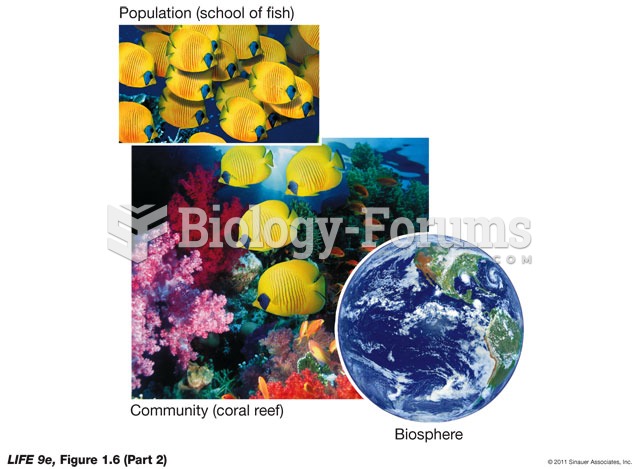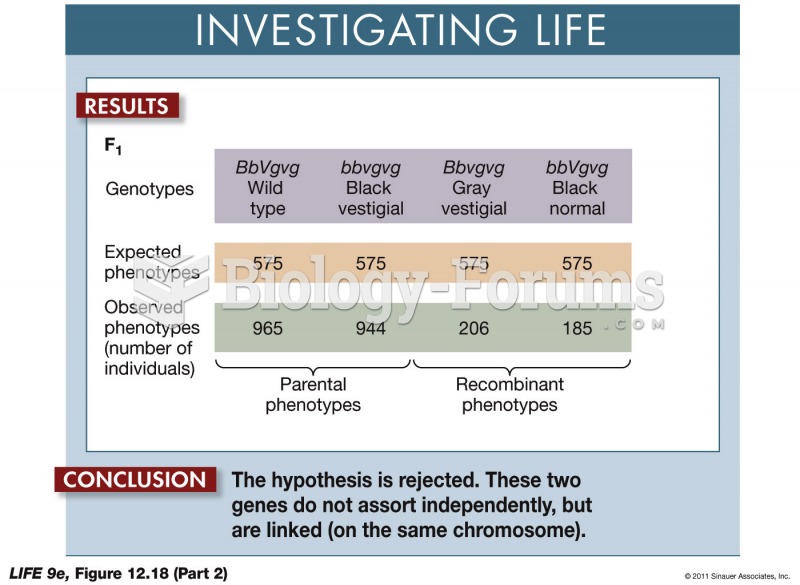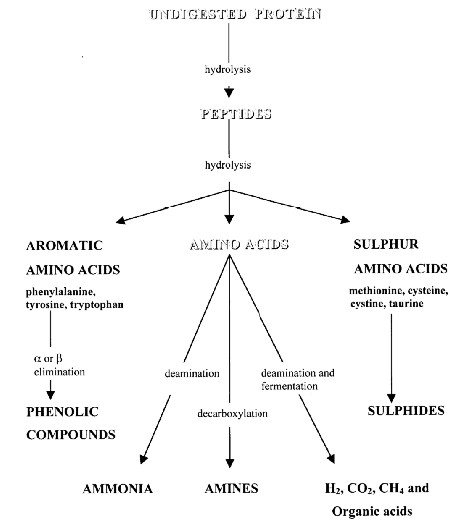Answer to Question 1
The National Incident Management System is the federal government's template of
best all- hazards incident management practices for local, state, tribal, and federal governments,
non-governmental organizations, volunteer organizations, and the private sector. The approach
is standardized using NIMS doctrine, concepts, principles, terminology, and organizational processes, and flexible for all types, sizes, and severity of emergencies and/or disasters. NIMS can be applied to any incident (large or small), allowing different jurisdictions that also use it to quickly work together in a predictable, efficient, and coordinated manner. The NIMS template consists of five components that work together to create a systematic, all-hazards approach to any event or incident: (1) Preparedness, (2) Communications and Information Management, (3) Resource Management, (4) Command and Management, and (5) On-Going Management and
Maintenance.
The Incident Command System (ICS) is a vital part of NIMS and represents a standardized, on-scene, all-hazards incident management approach that allows for the integration of facilities, equipment, personnel, procedures, and communications operating within a common organizational structure. ICS also enables a coordinated response among various jurisdictions, both public and private, as well as establishes a common process for planning and managing diverse resources from multiple venues. The ICS includes the use of a temporary organizational structure in the field that is established as close as safety permits to the scene of an incidentthe Incident Command Center (ICC). The Incident Command System can be used with any type or size of event. More specifically, ICS is a standardized, on-scene, all-hazards management structure and process that (1) allows for integration of facilities, equipment, personnel, and operational procedures within a single organizational structure and sharing a common terminology; (2) enables a coordinated response among the various responders to incidents; (3) establishes common processes for planning and managing resources; and (4) communicates and coordinates with all agencies responding to the incident via an incident commander and an Emergency Operations Center.
Answer to Question 2
d







